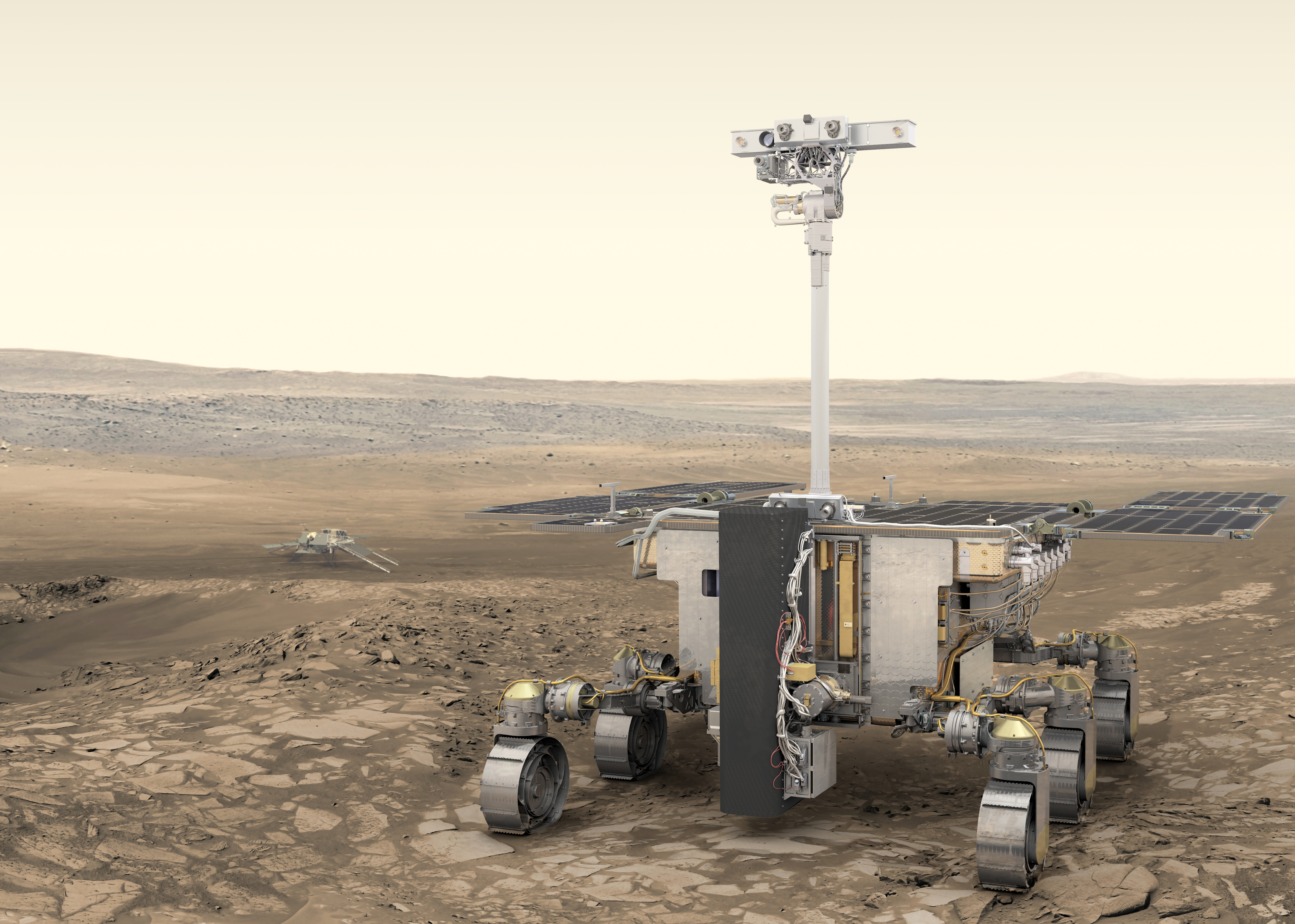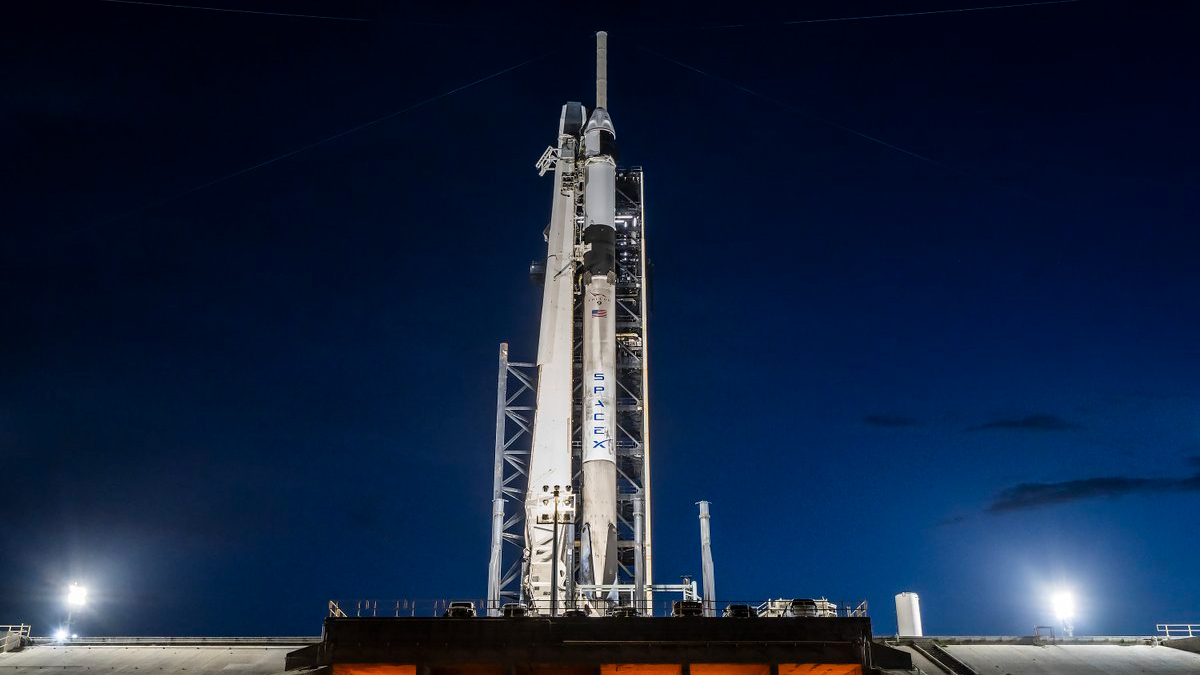European Mars Rover Named for Crystal Scientist Rosalind Franklin
The European Space Agency (ESA) has named its next Mars rover, due to touch down on the Red Planet in March 2021, in honor of British scientist Rosalind Franklin, whose research was crucial to scientists' determining the structure of DNA.
The rover was built in the U.K. and is designed to search for traces of habitability and of life itself by roaming around on the Martian surface and drilling within the top 6.5 feet (2 meters) of the planet's surface. If it successfully lands — never an easy feat with Mars' strong gravity and thin atmosphere — the Franklin rover would be Europe's first presence on the Red Planet's surface.
"Rosalind Franklin is one of science's most influential women, and her part in the discovery of the structure of DNA was truly groundbreaking," Alice Bunn, international director of the U.K. Space Agency, said in a statement. "It's fitting that the robot bearing her name will search for the building blocks of life on Mars, as she did so on Earth through her work on DNA." [How Europe's ExoMars Missions Work (Infographic)]

In order to name the Franklin rover, which is part of the ExoMars series of missions and will succeed a failed lander called Schiaparelli, ESA pored through suggestions from 36,000 people. The agency chose to commemorate Franklin for her work as an X-ray crystallographer during the 1940s and '50s. Franklin captured structural images of substances like viruses and coal, as well as the crucial biological compounds DNA and RNA, which both carry genetic information.
James Watson and Francis Crick used her research without permission and with little credit when publishing their model of the structure of DNA in 1953. In Watson's book "The Double Helix," which shaped the narrative around the discovery of the structure of DNA for decades, he painted a vituperative picture of Franklin, whom he referred to as "Rosy." She died in 1958 at age 37, and her work went mostly unacknowledged until the 1990s.
"Rosalind the rover captures this spirit and carries us all to the forefront of space exploration," ESA Director General Jan Woerner said in a statement. (For the record, most spacecraft named in honor of a person are referred to by their honoree's last names; the other key exception was the Sojourner Mars rover, named for Sojourner Truth.) "This name reminds us that it is in the human genes to explore. Science is in our DNA, and in everything we do at ESA."
Editor's note: This article has been updated to include the Sojourner rover. Email Meghan Bartels at mbartels@space.com or follow her @meghanbartels. Follow us @Spacedotcom and Facebook. Original article on Space.com.
Breaking space news, the latest updates on rocket launches, skywatching events and more!
Join our Space Forums to keep talking space on the latest missions, night sky and more! And if you have a news tip, correction or comment, let us know at: community@space.com.

Meghan is a senior writer at Space.com and has more than five years' experience as a science journalist based in New York City. She joined Space.com in July 2018, with previous writing published in outlets including Newsweek and Audubon. Meghan earned an MA in science journalism from New York University and a BA in classics from Georgetown University, and in her free time she enjoys reading and visiting museums. Follow her on Twitter at @meghanbartels.
